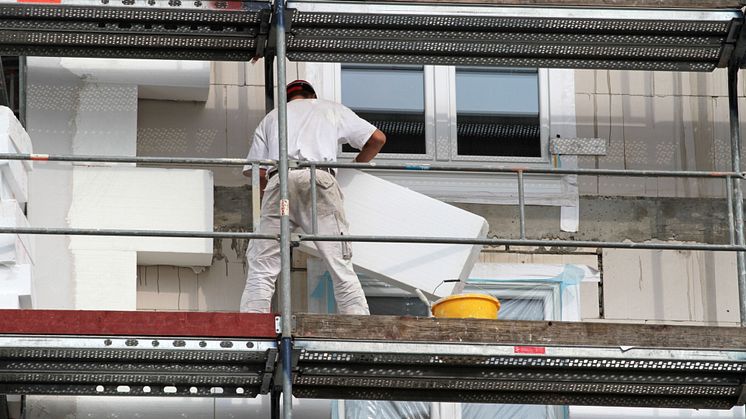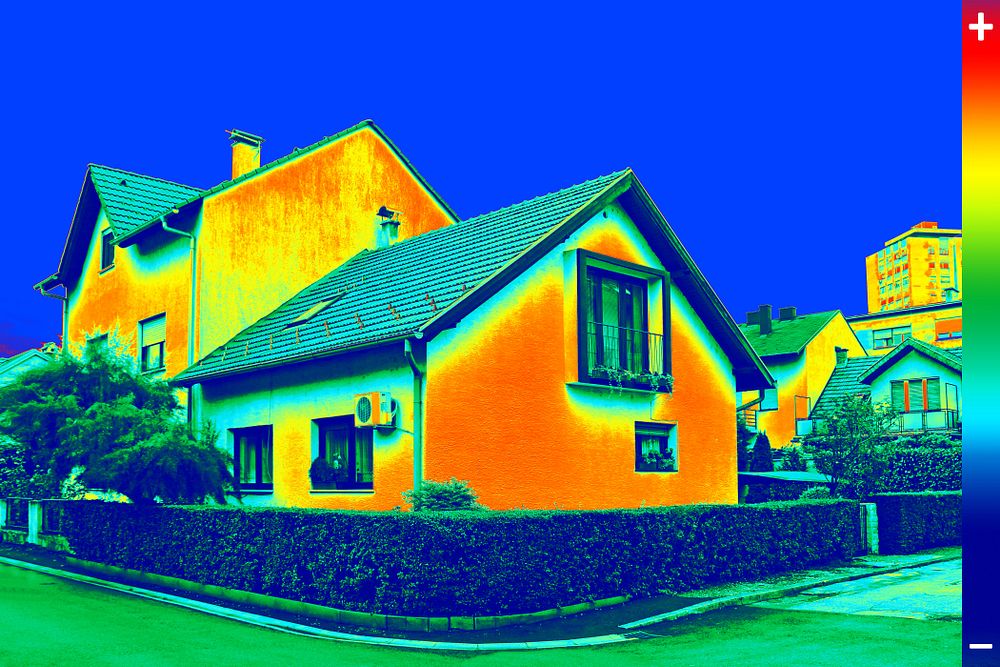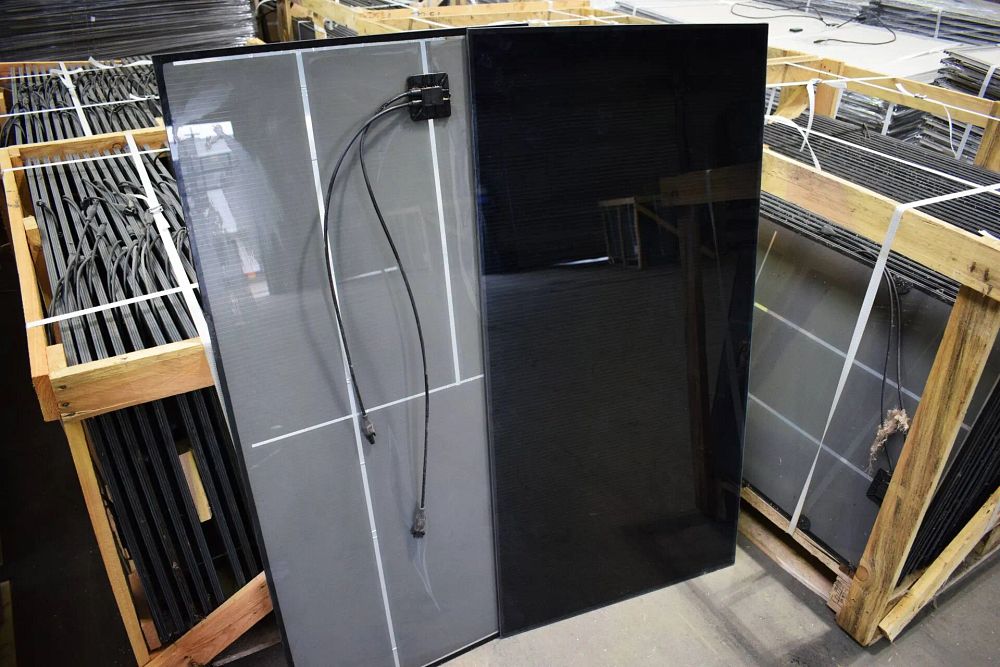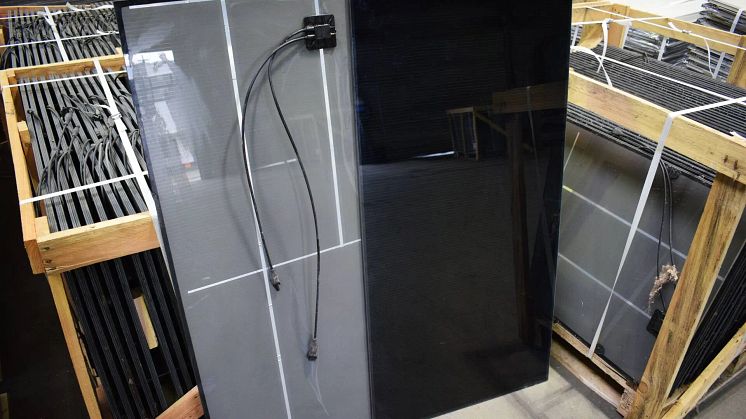
Press release -
No building renovations, no energy transformation
As an old proverb puts it: “Anyone who has money and buys an old house and renovates it is a fool.” But is that really the case? From an ecological standpoint, renovating houses instead of tearing them down and building them anew makes sense. Many construction measures aimed at boosting energy efficiency are promoted and are technically advanced. But the ancillary building trade is suffering from a shortage of workers, materials and machines. The latter can be purchased on the second-hand machine market.
Almost everywhere in the EU is experiencing a vast housing shortage. More than anything, there is simply not enough affordable living space available in cities. The EU provides financial support in particular for the construction of subsidised apartments, student apartments and care homes. But new buildings alone are not enough to solve the problem when taking into account the threat of climate change in addition to the housing crisis. One part of the solution: The renovation of existing buildings.
New buildings vs. renovations: Which is the more ecological option?
Grey energy makes all the difference. This is the energy that goes into generating a building, that is from the construction itself, the production of all materials and their transportation, to their disposal when a building is demolished. A new building therefore requires a great deal of grey energy. Half of all resources consumed are consumed by the construction industry. And 60% of waste comes from the industry, corresponding to 2.5 t construction waste per person per year.
Renovations continue to work with the grey energy of the existing building, as the resources for demolition, disposal and new construction are saved. From an ecological perspective, it therefore makes sense to focus on renovating the existing building. But just 1% of all buildings in the EU undergo energy-based renovations every year, a figure far too low if the much proclaimed climate neutrality in Europe is truly to be achieved by 2050.
Vast potential in existing buildings
Around two-thirds of buildings in Europe are not energy-efficient. The reason: In Germany, for example, around 40% of today’s existing buildings were built before 1979. Back then, there was no such thing as climate targets. And heating costs were so low that the added costs of energy efficiency measures were waived. Based on estimates, 65% of German building façades are not insulated and 70% of systems technology does not correspond to the state of the art. The majority (90%) of all today’s, often less energy-efficient buildings will still be standing in 2050. Therefore, there is huge potential – for the environment and construction industry alike.
The most common renovation measures
There are various ways to increase the energy efficiency of an existing building. Those which pay off depend on the individual building. Optimising the insulation of a building shell is almost always a reasonable choice. Inefficient windows and doors result in heat loss, as do insufficiently insulated outer walls, ceilings and roofs. Integrating a ventilation facility with heat recovery also reduces losses. Checking the building shell for air-tightness is one further measure.
Another key point of renovation is the replacement of outdated systems technology in the area of heating or cooling. There are various systems: Oil and gas are often still used as classic fossil fuels, although with more efficient boilers. The use of pellets, e.g. from wood, as renewable fuels is widespread. Sometimes, it is also worth installing a heat pump. Furthermore, hybrid versions are available, where different energy carriers are combined.
The installation of in-house energy production is now commonplace. Electricity is generated using a photovoltaic plant, and a solar-thermal plant can form part of hot water preparation.
Why has the renovation wave failed up to now?
Specialist workers to implement the work, and material, are in short supply. Almost all fields are experiencing a material shortage due to supply chain interruptions. And inflation has led to sharp rises in product prices. To keep investments low, companies from the construction industry can benefit from switching their focus to the second-hand machine market. Due to company dissolutions or restructuring operations, almost anything that construction companies need can be found right there.
One of the leading European platforms for second-hand machines and business equipment is Surplex.com, where modern, well-kept machines from various industrial branches such as metal, wood or construction can be bought for an affordable price. There, building fitters can find suitable machines for metal working and joiners, systems for processing wood. For construction site requirements, there are building machines and tools – from joint cutters and working platforms to scaffolding. Aside from workshop equipment for window and door construction, small machines for air-conditioning technicians, heating engineers, electrical engineers and other tradespeople are available. Last but not least: At Surplex, photovoltaic systems for electricity supply are available on a regular basis.
The second-hand machine market is therefore similar to the renovation trade: It preserves the old and designs new things on the EU’s journey to becoming climate-neutral.


About Surplex
Surplex is one of Europe’s leading industrial auction houses and trades worldwide in used machines and factory equipment. The 16-language surplex.com auction platform is visited around 50 million times every year. We sell more than 55,000 industrial products per year in over 500 online auctions. The company is based in Düsseldorf and has offices in 15 European countries. Over 200 employees from 20 different nations generate an annual turnover of more than 100 million euros.




